Artists At Home: Between Familiar Environments And New Perspectives
By Adam Hencz
November 2020
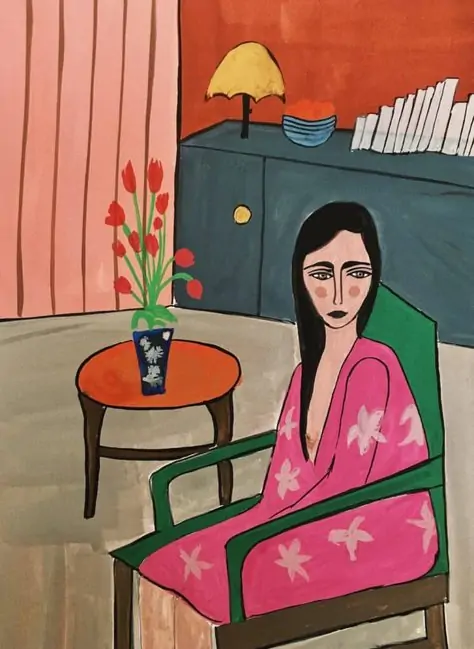
“I was yearning for colors… Vibrant colors! I started doing self-portraits and was watching myself manifested in a fictitious milieu, in interiors that were colorful and peaceful. Colors made me feel safe.”
Maria Kassab
A variety of circumstances have led to artists being isolated from society. Depending on the situation, a time of solitude can be welcome or uninvited, deliberate or involuntary. Many artists have thrived and produced their best work away from the clamour of society, intentionally turning towards an isolating experience. However, in a time of global crisis, artists had to adapt their ways of working in order to continue making art. During times of war and violent oppression, artists were unable to access necessary materials, therefore artistic production tended to be hugely limited or non-existent. The ongoing pandemic tossed the Western world into a strange, abundant seclusion – where everything is accessible as a consequence of globalization, yet physical contact is so limited in some areas, the outside world is reminiscent of warfare. Artists may even need to explore whether being creative during such a time is possible. There can be pressure on us all to be creative during a time when we are distanced from the flow of our normal lives.
Each experience of isolation is unique and artists express their creativity during these times in their own ways. We have selected and spoken to artists living and working in Berlin, Denmark, and New York City to reveal new artistic perspectives that their isolating experience created, taking inspiration from proximity, the feeling of home, the airy and empty cities as well as transforming the now constant digital experiences into tangible pieces. The making process itself proved to be an antidote for many, a form of self-therapy or coping mechanism for isolation and anxiety.
Maria Kassab: Of Colours & Isolation
In the wake of the first stay at home orders, Lebanese visual artist Maria Kassab returned to painting, a medium she had largely left behind at art school. Kassab’s primary bodies of work are deeply rooted in and inspired by the political climate of Lebanon. Her photomontages and analogue collages recreate stories about her experience at an early age at the time of the civil war torn country. Until the lockdown hit Beirut, she had been primarily creating works representative of her personal memory. A frequently underlying theme of her works are displacement and separation, like her series called Home Is Fiction, that she started during the 2019 revolution: “I never felt home in my country. There is no safety, there is no unity”.
During the revolution came another crisis, the pandemic that brought a return to her former practice, to painting. Kassab’s ongoing series of paintings on paper, the Of Colors & Isolation series depicts herself in fictional perspectives and invented settings at her Beirut and Berlin homes. “My first lockdown happened from March through April in Beirut. By not being able to go out, to get inspired, to pursue my creative process and do visual work, I felt that I needed to work again with my bare hands”, explains Kassab. “I was yearning for colours… Vibrant colors! I started doing self-portraits and was watching myself manifested in a fictitious milieu, in interiors that were colourful and peaceful. Colors made me feel safe. The nudity in these self portraits refers to childhood, and innocence. At this point, with the second lockdown that I am living through, but now in Berlin, I also need to explore my isolation embedded in a new city and see how my paintings will work on this territory. Maybe this time, the paintings will be even more colorful”.
Karantænebilleder is an unscheduled, spontaneous effort from one of Denmark’s most acclaimed painters, Erik A. Frandsen. Painted at a frantic pace just over ten weeks, the images tell the story of the self-exiled artist having only his immediate surroundings to reflect upon. From the self-prescribed quarantine of his Falster studio, Frandsen has spent lockdown observing and painting almost compulsively. Karantænebilleder is not as much about the current societal crisis, as it is the artist’s personal account of being confined to his studio, truly alone with colours and canvases. This process has yielded a unique series of paintings that are a joyous tour in the mundanity of home life.
“Time has shifted in the absence of regular routine, and I have lost track of what day it is. These paintings help me keep track of digital experiences that are more likely to slip away and be forgotten. They are memory, and memorials.”
Michael Mandiberg
New York City based interdisciplinary artist, Michael Mandiberg responded to the profound transformation of everyday life with a series of paintings, turning his involuntary digital experiences into a physical format, depicting some of the endless video meetings they had during lockdown. “This painting practice has helped me cope with the cognitive exhaustion from all the video calls, and the anxiety of self-isolation while the sirens howled through the streets around me,” shares Mandiberg in a statement. Their artistic process acts as a coping mechanism for anxiety, and isolation. During a video call, Mandiberg would randomly choose and paint the room one of the conference participants was calling from. The artist deliberately chose to remove the person sitting in front of the camera and only paint the empty room, white walls, improvised office space and static interiors around them, to emphasize the absence of the real, personal experience.
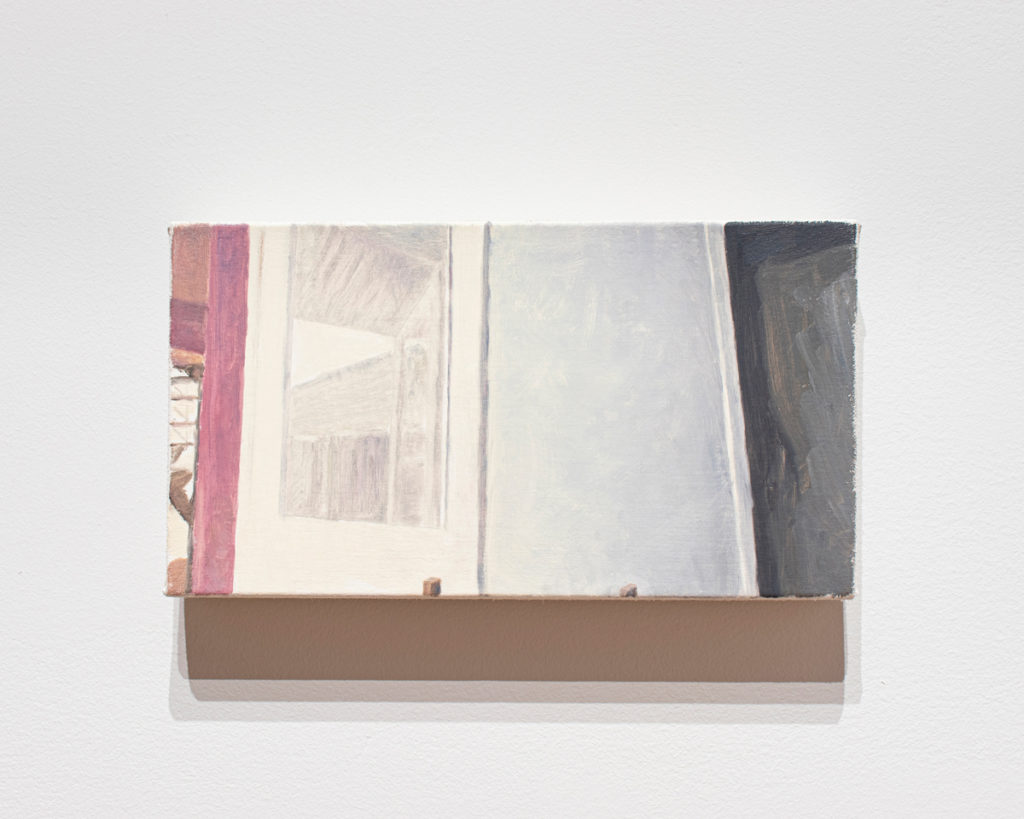
Michael Mandiberg Silver Art WK#9 Artist Cohort Show & Tell, 12:00 — 1:00 PM, May 28, 2020 (#8), 2020. Oil on canvas. Courtesy Denny Dimin Gallery.
The paintings follow the same ratio and are about the same size as the video on the artist’s computer screen. “I know that isolation is a privilege, but for me it is a necessary one, as I am immunocompromised,” Mardiberg writes. “Painting these canvases has been an attempt to log memory, as much as it is also a practice of self-care and preservation. Time has shifted in the absence of regular routine, and I have lost track of what day it is. These paintings help me keep track of digital experiences that are more likely to slip away and be forgotten. They are memory, and memorials”. As the pandemic is still ongoing, the artist has chosen to present the paintings through Zoom itself. Each day, a new painting of a Zoom background appeared before the camera over the course of a week. The works were put on display through a Zoom link, during gallery hours.
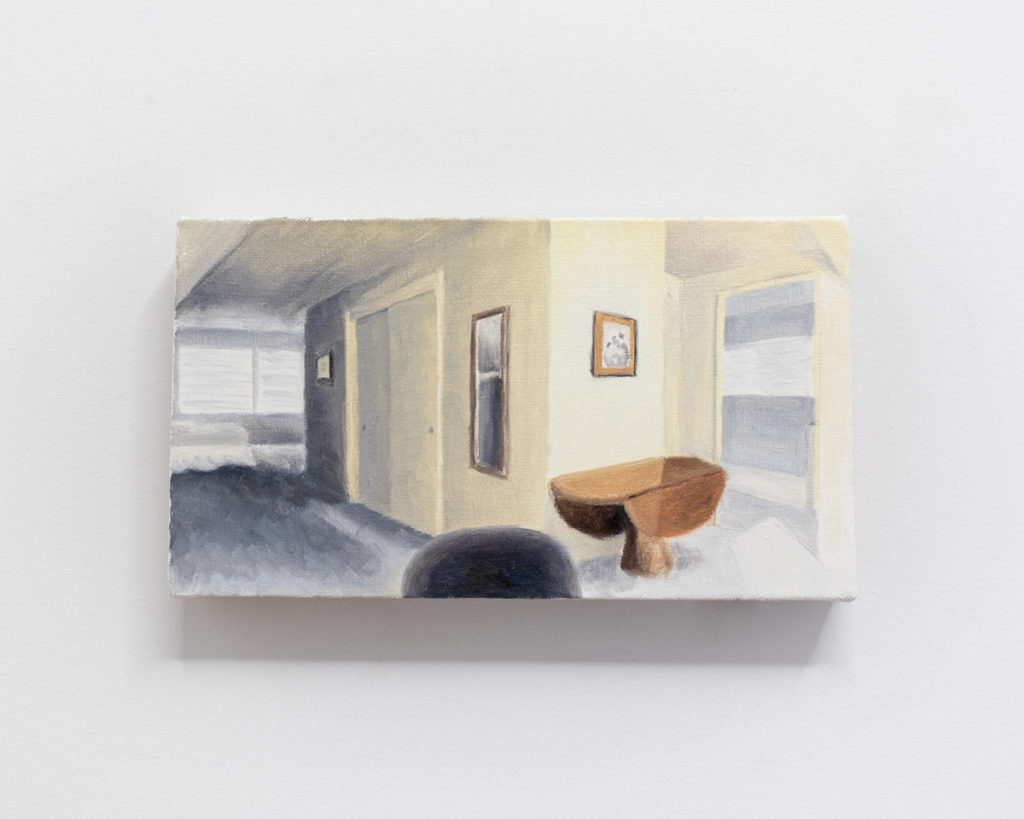
Michael Mandiberg, National Phonebank with Artists for Biden/Harris, 6:00 — 8:00 PM, September 20, 2020 (#27), 2020.
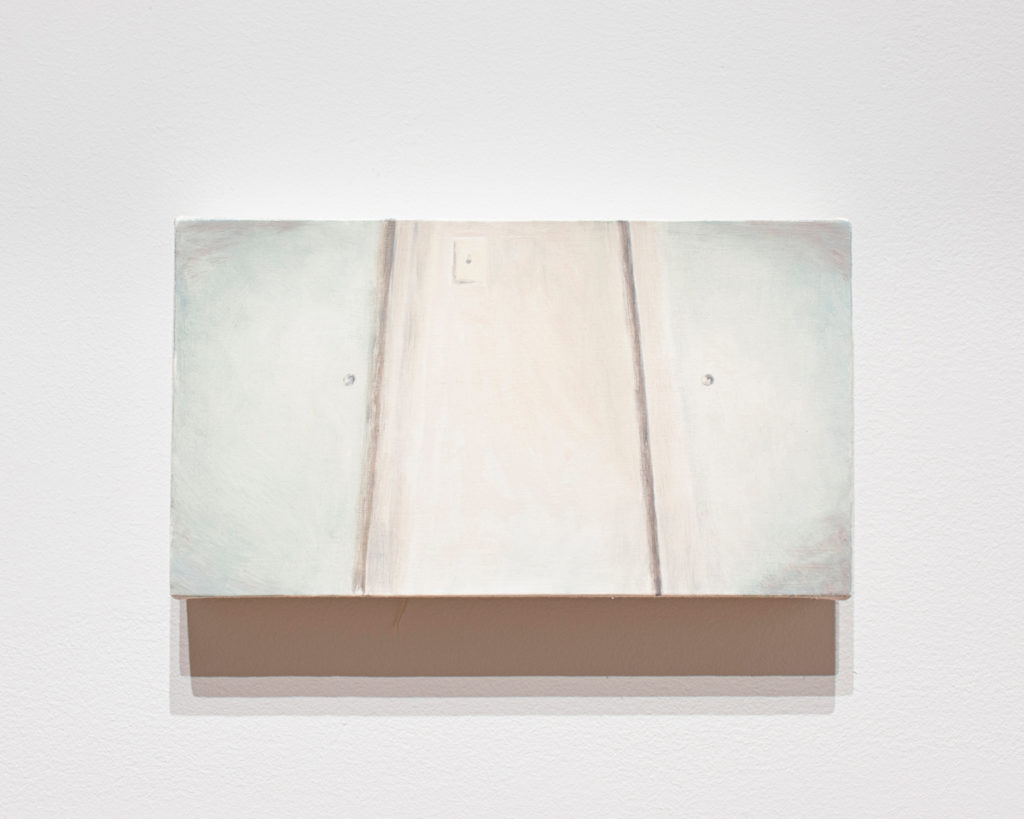
Michael Mandiberg, JCOPE Comprehensive Ethics Seminar Training, 10:00 AM — 12:00 PM, August 05, 2020 (#20), 2020. Oil on canvas. Courtesy of the artist.
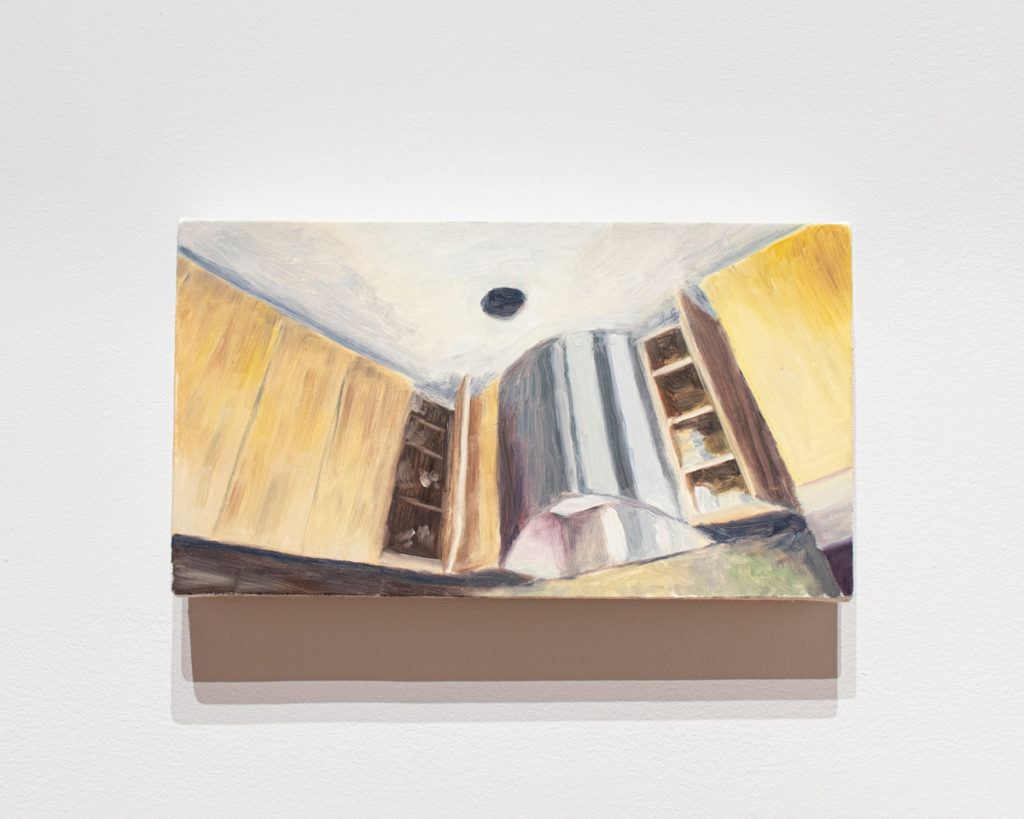
Michael Mandiberg, Uncle Bob 85th birthday via Zoom, 3:00 — 4:00 PM, August 16, 2020 (#24), 2020. Oil on canvas. Courtesy of the artist.
Josh Smith: High As Fuck
Galleries as well offered new perspectives to their audiences to bridge the gap between the quarantined public and the gallery rooms. The art world embraced a multitude of digital channels and co-created virtual experiences together with artists. Such digital endeavors often draw attention by promising access and a perspective typically unavailable to the public. David Zwirner gallery put on a raveled digital exhibition High As Fuck presenting new works by Josh Smith made during the current pandemic and New York City’s mandatory quarantine. “The paintings, at least for myself, present a contemplative depiction of New York as it currently exists,” Smith notes. “This time won’t last forever. Abandoned, the feel of this place is strangely hopeful. It is inspiring.” Smith tours the visitor through his paintings and sculptures on the top of his home building in Brooklyn on a dedicated webpage packed with installation photos, videos and behind the scenes shots. As Smith states: “This is a gallery show for a gallery that’s not physically accessible because of our collective isolation”.
